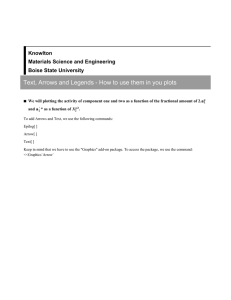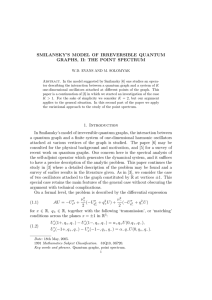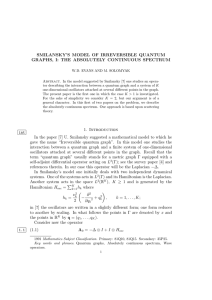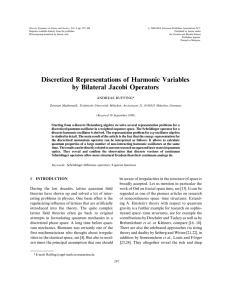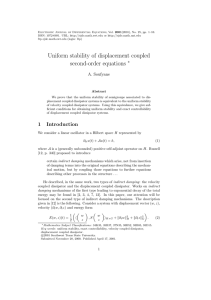On the spectrum of a self-adjoint operator appearing in
advertisement
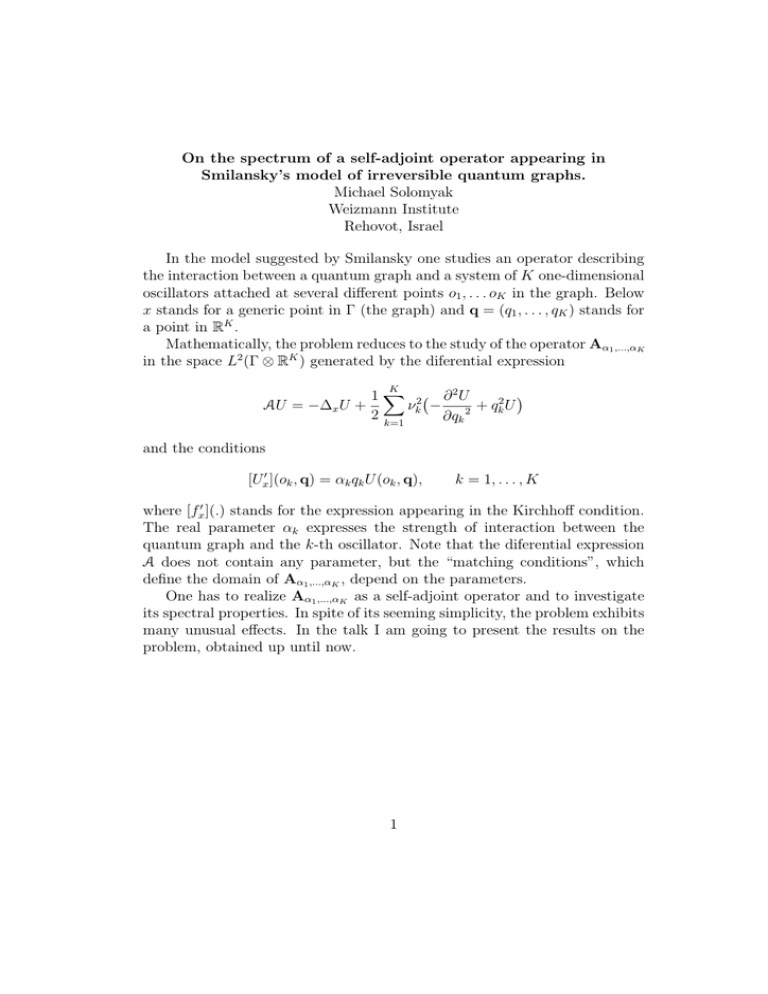
On the spectrum of a self-adjoint operator appearing in Smilansky’s model of irreversible quantum graphs. Michael Solomyak Weizmann Institute Rehovot, Israel In the model suggested by Smilansky one studies an operator describing the interaction between a quantum graph and a system of K one-dimensional oscillators attached at several different points o1 , . . . oK in the graph. Below x stands for a generic point in Γ (the graph) and q = (q1 , . . . , qK ) stands for a point in RK . Mathematically, the problem reduces to the study of the operator Aα1 ,...,αK in the space L2 (Γ ⊗ RK ) generated by the diferential expression K AU = −∆x U + ¢ 1 X 2¡ ∂2U 2 νk − 2 + qk U 2 k=1 ∂qk and the conditions [Ux0 ](ok , q) = αk qk U (ok , q), k = 1, . . . , K where [fx0 ](.) stands for the expression appearing in the Kirchhoff condition. The real parameter αk expresses the strength of interaction between the quantum graph and the k-th oscillator. Note that the diferential expression A does not contain any parameter, but the “matching conditions”, which define the domain of Aα1 ,...,αK , depend on the parameters. One has to realize Aα1 ,...,αK as a self-adjoint operator and to investigate its spectral properties. In spite of its seeming simplicity, the problem exhibits many unusual effects. In the talk I am going to present the results on the problem, obtained up until now. 1







